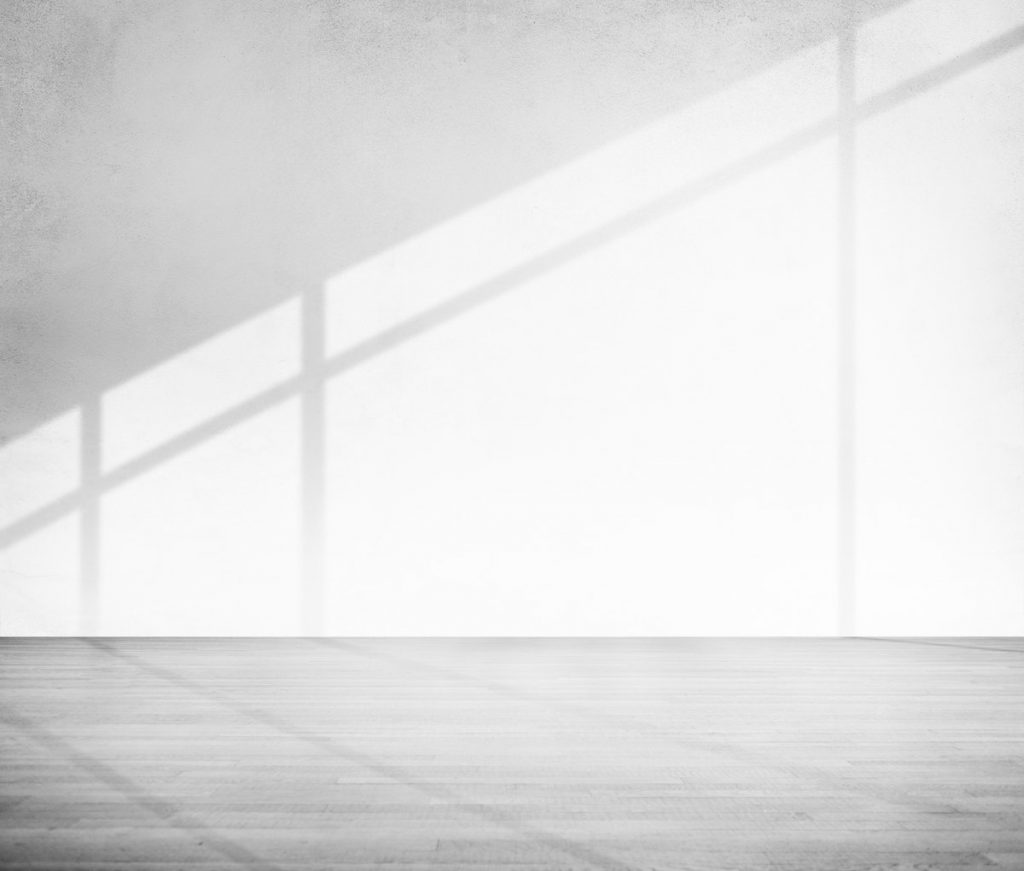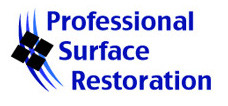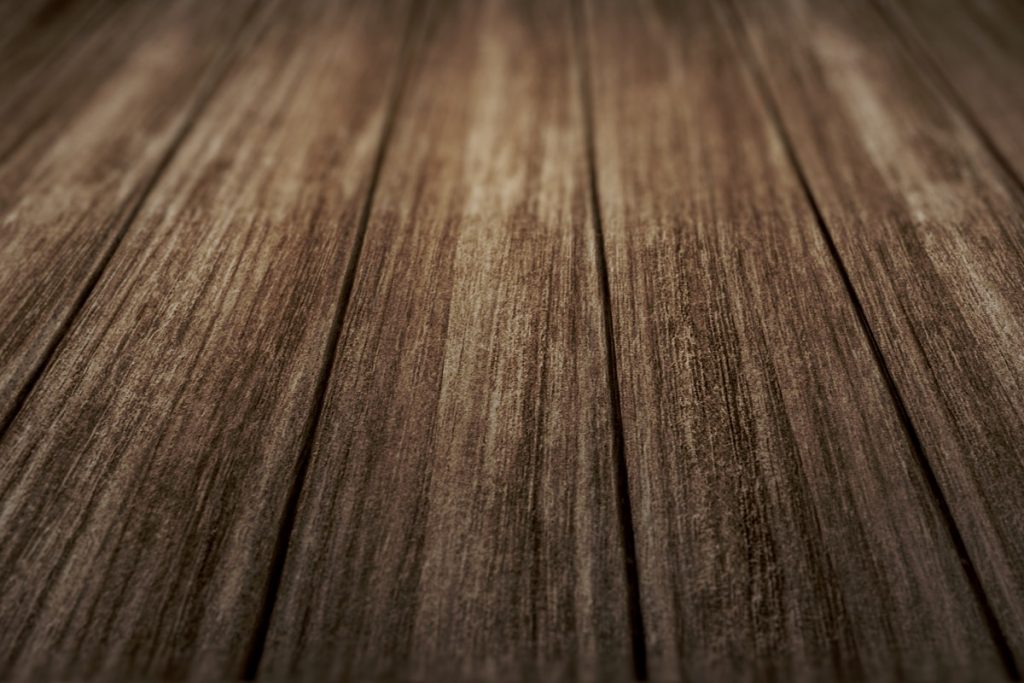 Many residential homes feature different types of natural stone floor tile. Compared to other types of floors, such as ceramic tile, wood, and laminate, natural stone floor tile can present its own unique set of cleaning and maintenance challenges. The following tips can make spring cleaning this specific type of floor easier and safer for the material resulting in a longer lasting floor.
Many residential homes feature different types of natural stone floor tile. Compared to other types of floors, such as ceramic tile, wood, and laminate, natural stone floor tile can present its own unique set of cleaning and maintenance challenges. The following tips can make spring cleaning this specific type of floor easier and safer for the material resulting in a longer lasting floor.
Know Your Floor
Before you begin cleaning your natural stone tile floor, take the time to find out what type of stone you are about to clean. The most common types of stone floors are made of marble, slate, or granite, but there are several more. Knowing what type of stone you are going to clean, will guide you to the correct information on proper cleaning techniques. For instance, granite is usually stronger than marble, which requires more delicate care. If available, consult with the installer or manufacturer on the best cleaning practices for the specific flooring material.
Avoid Acidic Cleaners
As a rule, when cleaning a stone tile floor, avoid using acidic cleaners such as bathroom and grout cleaners. Even though you might be tempted to use multi-purpose cleaning agents such as vinegar or lemon juice, you should avoid them as well. The acidic properties in these cleaners are too strong for the material, which can result in damage to the floor. Use gentle soaps and cleaners specifically made for the stone instead.
Clean Spills Immediately
If you see a spill on the floor, clean it as soon as possible. Blot the spill, as wiping it will spread it. Use water and a mild soap as necessary, but make sure you rinse and dry the area when finished. Call a stone cleaning professional if the stain remains.
Dry Mop Often
When it comes to cleaning daily dirt and grit, no tool is more reliable than a mop. For daily cleaning, you can simply use a dry mop. A wet mop is also effective, but it requires more time and effort than necessary, especially since dry mopping cleans up most of the dirt. Save the damp mop for special occasions. Also, make sure to use micro-fiber and closed-ended string mops to ensure cleaning effectiveness.
Seal the Floor
An important step to take in the maintenance of your natural stone tile floor is sealing the floor with an impregnators or sealants. Stone is a porous material that absorbs all types of dirt, spills, and bacteria that are nearby. Sealing the floor at least every six months is important in keeping these elements away and maintaining the integrity of the stone. Make sure you apply the sealant to a completely dry floor and let it absorb the agent for around 15 minutes before removing any excess chemicals.
The natural stone floors in your Toledo, Ohio home can be a thing of beauty once again. Please call Professional Surface Restoration at (419) 705-8693 to schedule an appointment or request a free estimate.

 Wood flooring is a popular residential choice for several reasons, such as its flexibility and its ability to infuse a natural element into your home. There are several types of wood flooring, and each requires its own type of maintenance. It is important for homeowners to familiarize themselves with the specific type of wood flooring in their home, as well as how to clean wood floors and respective maintenance needs.
Wood flooring is a popular residential choice for several reasons, such as its flexibility and its ability to infuse a natural element into your home. There are several types of wood flooring, and each requires its own type of maintenance. It is important for homeowners to familiarize themselves with the specific type of wood flooring in their home, as well as how to clean wood floors and respective maintenance needs.